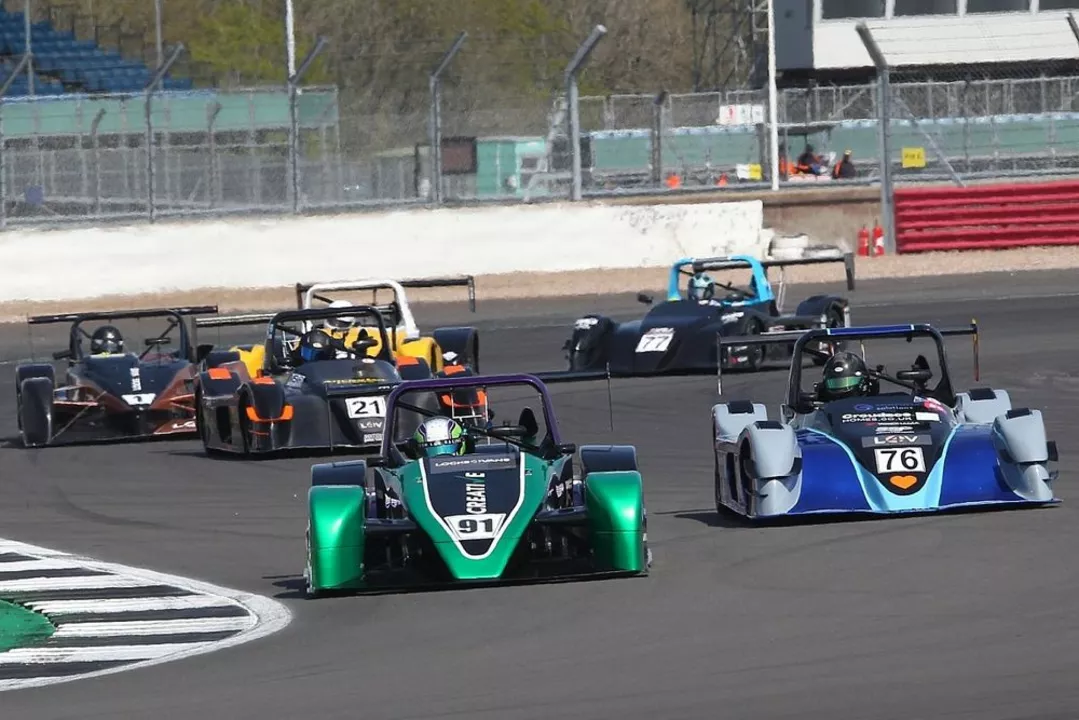Motorsport: How the Average Joe Can Race in a Formula Series
Ever wondered if you could swap your daily commute for a lap in a formula car? You don’t need a professional licence or a billionaire’s bankroll to feel the rush of open‑wheel racing. Across the UK and abroad, a surprising number of series welcome hobbyists, club racers, and anyone with a passion for speed. This guide breaks down where to look, what you’ll spend, and how to get ready for the grid.
Where to Find Amateur Formula Series
Most people think formula racing lives only in Formula 1, but grassroots championships keep the spirit alive. Look for club‑run series like the British Formula Ford or Formula 4 Junior categories – they often have “pay‑to‑drive” slots that let newcomers share a car for a weekend. University motorsport teams also field entry‑level cars and sometimes open seats to non‑students for a fee.
Regional events are another goldmine. In the Midlands, the Midlands Motor Club runs a Formula Vee series that caps costs at a few thousand pounds per season. If you can travel a bit, the European Formula Regional series offers a step up with slightly faster cars but still welcomes privateers with the right paperwork. Online forums such as racing‑forums.com and the Motorsport Club Facebook group regularly post open seats, test days, and driver‑swap opportunities.
What It Costs and What You Need
Budgeting is the biggest hurdle for most newbies. Expect a basic package – car rental, insurance, and track fees – to start around £2,500 for a single race weekend. A full season in a club series can run between £10,000 and £20,000, depending on the chassis and support level. Some clubs offer “pay‑once” deals where you buy a used chassis and keep it for multiple events, which can lower the per‑race cost after the first year.
Beyond cash, you’ll need a racing licence. In the UK, the MPA National C Licence is the entry point and costs roughly £300 plus a medical check. Many clubs run licence courses on the same day as an introductory test, so you can tick two boxes at once. A helmet, suit, gloves, and boots are non‑negotiable – safety gear can be rented if you’re not ready to buy.
Once you’ve secured a seat, the real fun begins. Spend a few hours in the driver’s school attached to your series; they’ll teach you braking points, gear changes, and how to read track markers. Practice sessions are short but intense, so focus on smooth inputs and keep your nerves in check. Remember, most amateur drivers start out a little nervous – the grid community is supportive, and seasoned racers love sharing tips with newcomers.
If you’re still unsure, try a one‑off “track day” in a formula car. Several racing schools offer a single‑session experience for under £500. It’s a low‑commitment way to gauge whether the cockpit feels right, and you’ll walk away with a clear idea of what to expect in a full series.
Bottom line: racing in a formula series isn’t a pipe dream reserved for pros. With the right research, a modest budget, and a willingness to learn, the average Joe can line up on the grid, hear the engine scream, and taste the thrill that only open‑wheel racing provides. Ready to book your first seat? The track is waiting.

Is there a formula racing series the average joe can race in?
- by Ashton Beauregard
- on 4 Apr 2023
Are you an avid racing enthusiast looking to make it big? You don't need to be a professional driver to compete in a formula racing series—there are plenty of opportunities for average joes to get in on the action! Whether you're a fan of Formula 1, IndyCar, or another formula racing series, there are plenty of championships and series open to everyday racers. From regional championships to international competitions, there's something for everyone. So, don your helmet, rev your engine, and get ready to race!